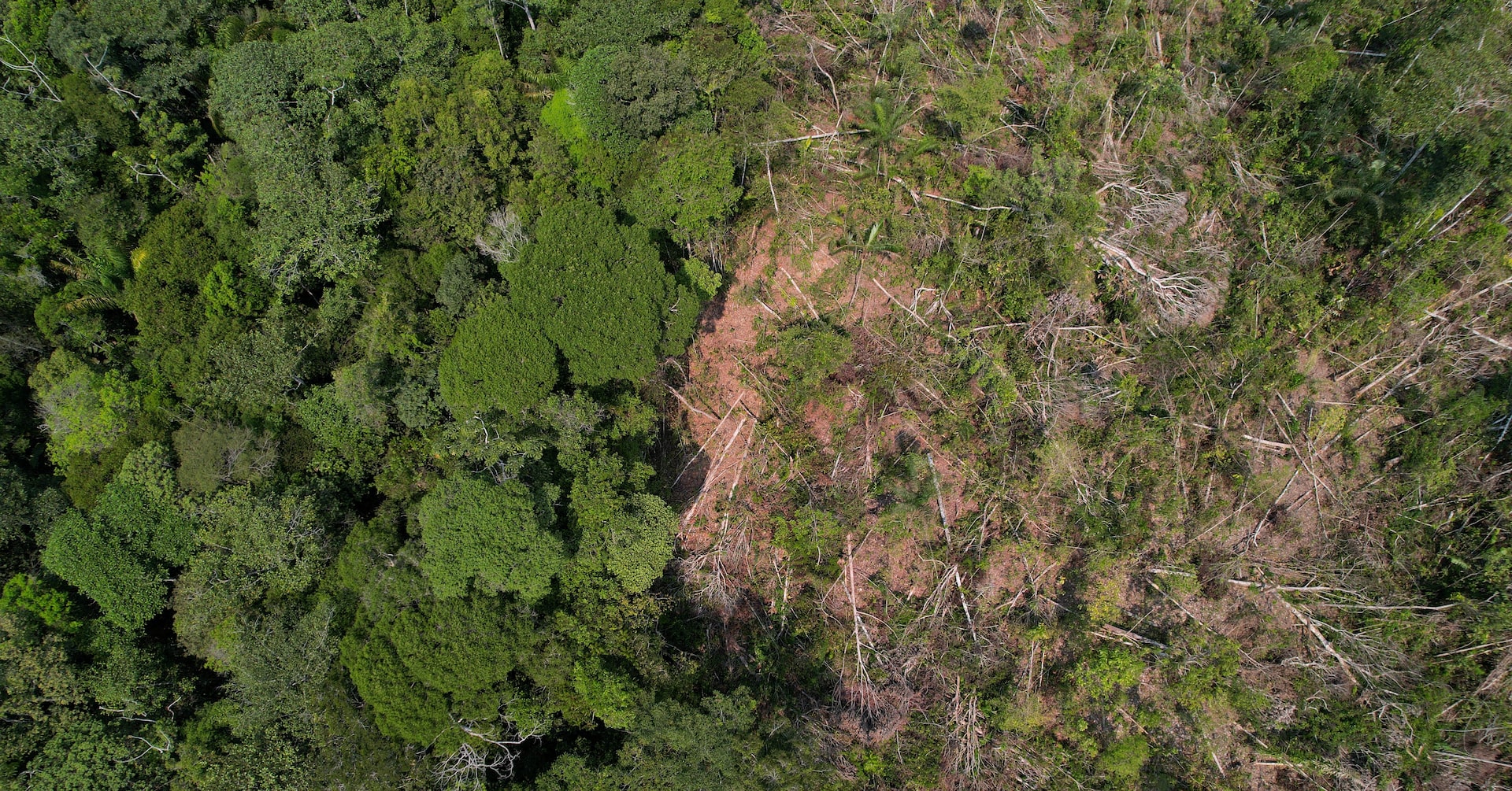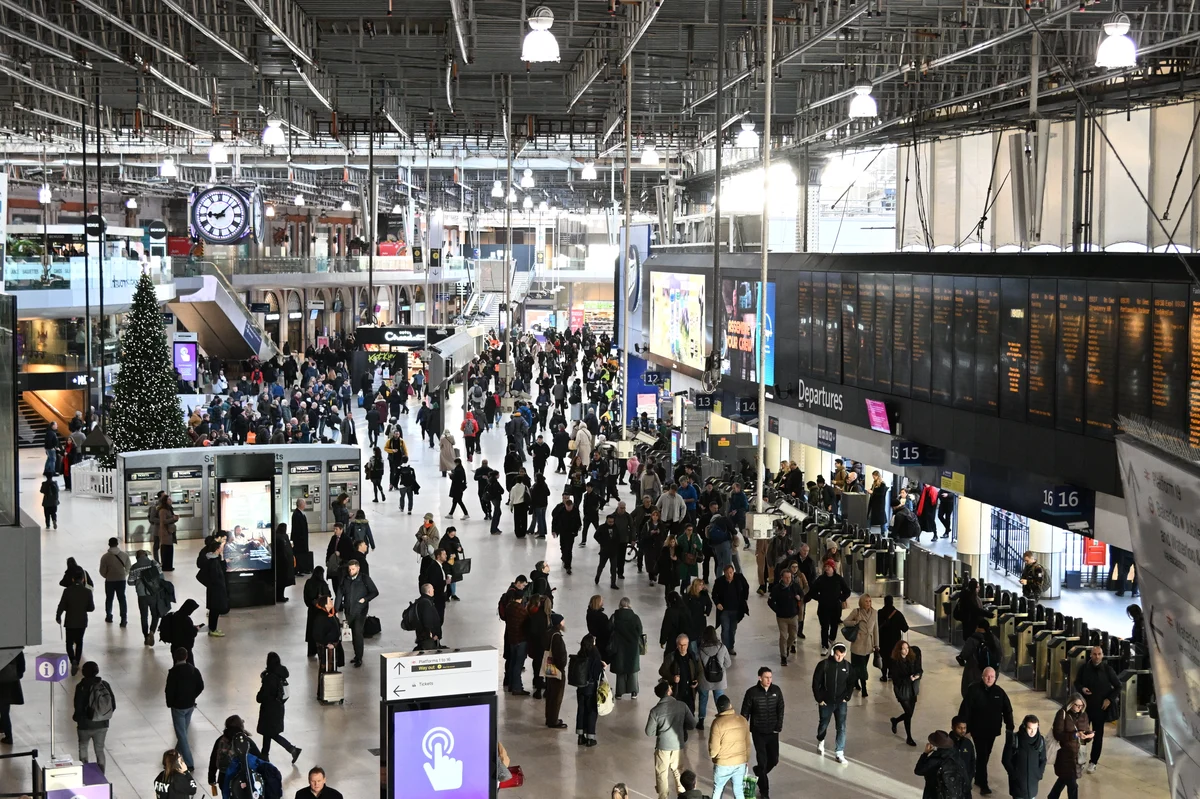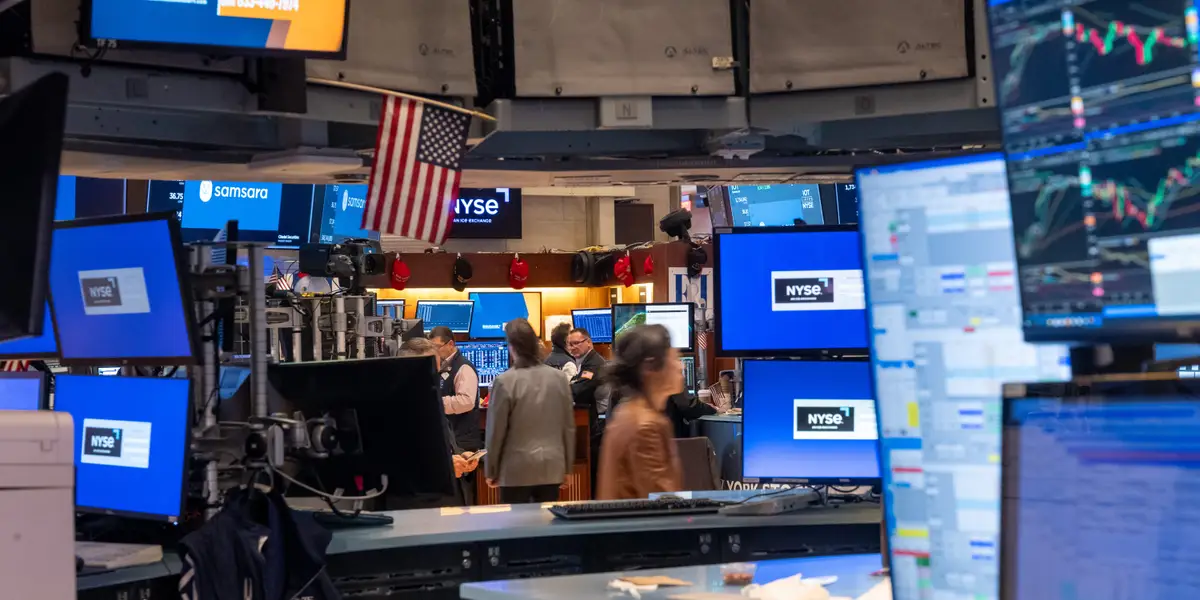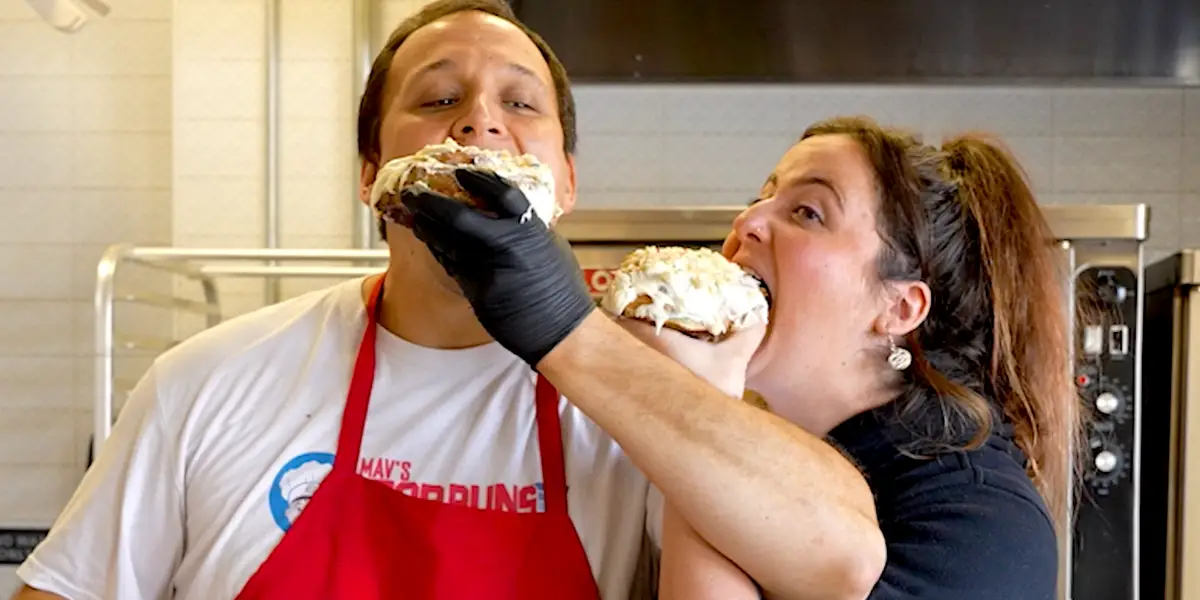Copyright syracuse.com
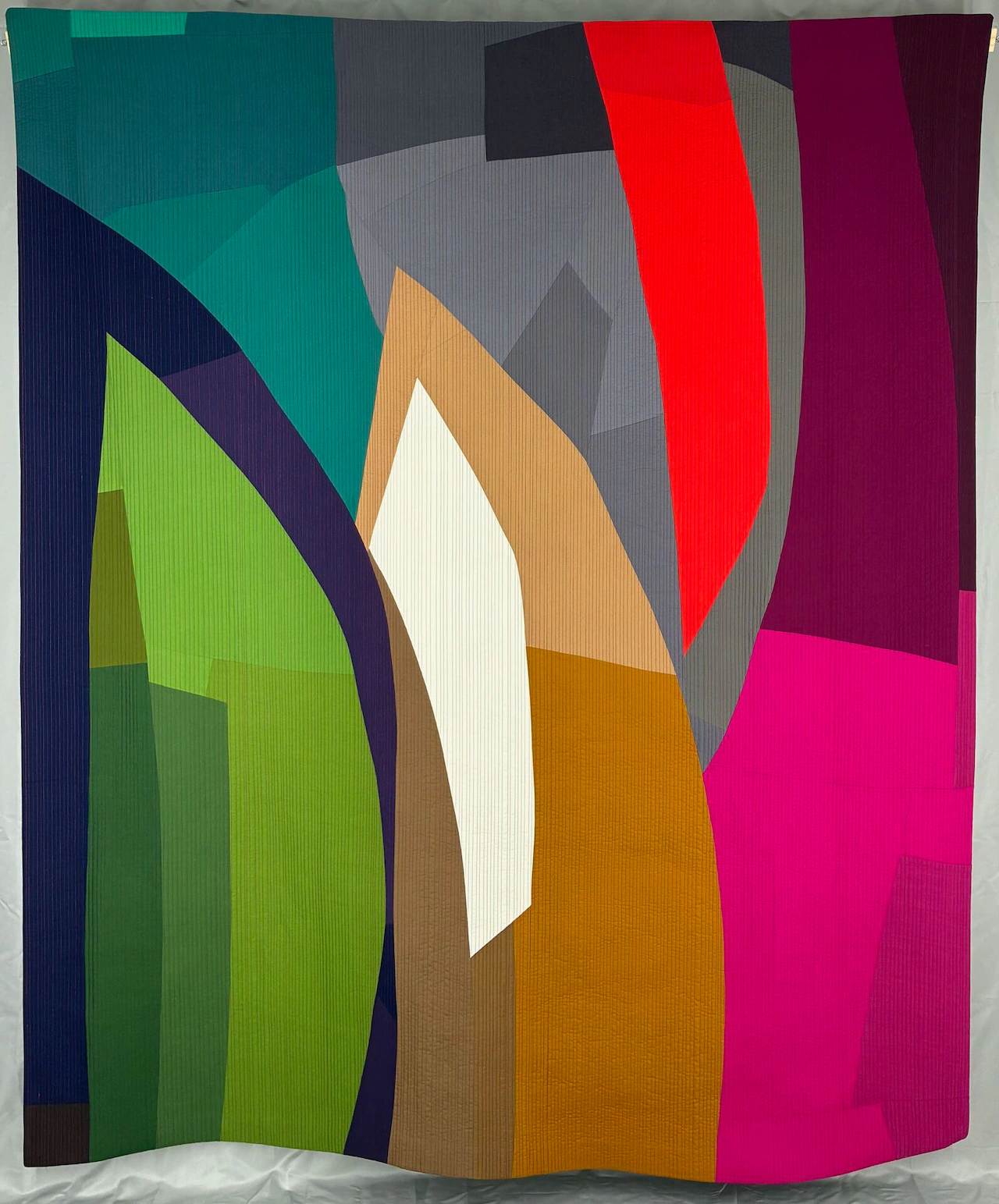
Auburn — Award-winning garden and landscape designer Sheree Rasmussen of Castleton, Ontario, Canada, finds a lot of similarities between her garden designs and her textile art. “When one designs a garden, one is forced to ‘imagine’ in the dimension of time, to visualize what the garden will look like now, in one year, in 20 years, etc.,” Rasmussen said. “Nothing is static. “I see my art process in the same way,” she continued. “As I layer the fabrics, it forces me to see beyond the surface to the layers below, and as I add and subtract fabrics the whole piece changes in a fluid way.” Rasmussen is one of several textile artists included in Schweinfurth Art Center’s 43rd “Quilts=Art=Quilts” exhibition who cites their work as an important influence in their art. This year’s exhibition, which opened Oct. 25, 2025, and runs through Jan. 4, 2026, features 69 pieces from 64 artists from around the world. Eleven artists are from outside the United States: five from Canada, three from Australia, and one each from Germany, Norway, and South Korea. Rasmussen’s artwork, “Cleopatra’s Eye Shadow,” is a product of her many years designing gardens as well as training as a dancer, noting that she tries to bring movement into her piece by layering translucent, shimmering, and dense fabrics to create the illusion of looking through depth. “The layout is influenced by gardens, as there are large surfaces which could be lawn or patios, groupings of various shapes similar to plant material, pools of water, light reflecting from the sun, etc.,” she said. “One is invited to meander throughout the piece as one does through a garden.” Fiber artist Betty Busby of Albuquerque, New Mexico, cites her two decades founding and operating a custom ceramic tile manufacturing firm in Los Angeles as a major influence on her artwork, even now, because of her constant experimentation with new materials and techniques. “We were self-funded when we began the tile business, so ready-made machines and kilns used in commercial manufacturing were out of reach,” she said. “In addition, we were working with stoneware glazes, which are fired at a much higher temperature. I had to formulate the materials and design the kilns and kiln furniture.” When Busby sold the business, she signed a non-compete clause that banned her from working in clay for seven years. Instead, she turned to fiber as her new medium. “There are really a lot of similarities between fiber and clay, from the surprises you get when opening up the glaze kiln or rinsing out a new dye batch or composing large works with small pieces,” she said. “Give and Take,” her artwork in “Quilts=Arts=Quilts 2025,” is a good example of how she combines many different techniques and materials in her art. “The background was created by stenciling over a hand-painted piece of fabric,” Busby said. “There are several different nonwovens that form the design, with differing textures and degrees of transparency. Some were cut by hand with a heat knife to produce very irregular shapes, and others were cut by a machine that was programmed to produce clean, accurate forms.” Mindy Brown, a fiber artist from Alexandria, Virginia, has a background in biomedical sciences and law – two areas known more for technical aspects than creative ones. But she said her background influences her approach to quilting. As a doctorate student at Florida State University College of Medicine, Brown studied antibiotic resistance in subsurface bacteria and, through that research, characterized a new tetracycline resistance gene with a method she developed. “It was a lot of problem solving and piecing together of knowledge from disparate sources to come up with a conclusion,” she said. “The problem-solving aspect definitely translates to my art because my quilts are usually a puzzle to figure out the piecing. “Part of finishing doctoral work is contributing something new to your field of research,” she continued. “You often get stuck and have to start over or approach something from a different angle, and I think this has made a profound impact on my art because I never think to myself ‘I can’t do that.’” Her love of caves as a child influenced “Calcium Carbonate Structures 1,” and her science background helped her name it. “While I don’t intentionally represent ‘science’ topics in my quilts, I end up seeing somewhat nerdy or scientific things when I finish a piece,” Brown said. “Luckily for everyone, I drew the line at (naming it with) the chemical structure.” If you go: WHAT: “Quilts=Art=Quilts 2025” exhibition WHERE: Schweinfurth Art Center, 205 Genesee St., Auburn, N.Y. WHEN: Oct. 25, 2025 to Jan. 4, 2026 HOURS: 10 a.m. to 5 p.m. Wednesdays through Saturdays and 1 to 5 p.m. Sundays; closed Nov. 28, Dec. 24 and 25, and Jan. 1 EVENTS: Opening reception 4 to 6 p.m. Saturday, Oct. 25, 2025; Artists’ Talks 1 p.m. Sunday, Oct. 26, 2025 ALSO ON DISPLAY: “Lyrical Moments: Martha M. Deming and Mary P. Murphy” Trunk Shows Regional quilt artists bring their latest work to the Schweinfurth on four Sundays during the run of “Quilts=Art=Quilts” and give a talk about their process and inspiration. All trunk shows are at 2 p.m. and are free with $10 admission. This year’s schedule: Nov. 9: Julia Graziano, participating artist Nov. 23: Joyce Martelli, fiber artist Dec. 7: Gloria Kilpatrick, fiber artist
